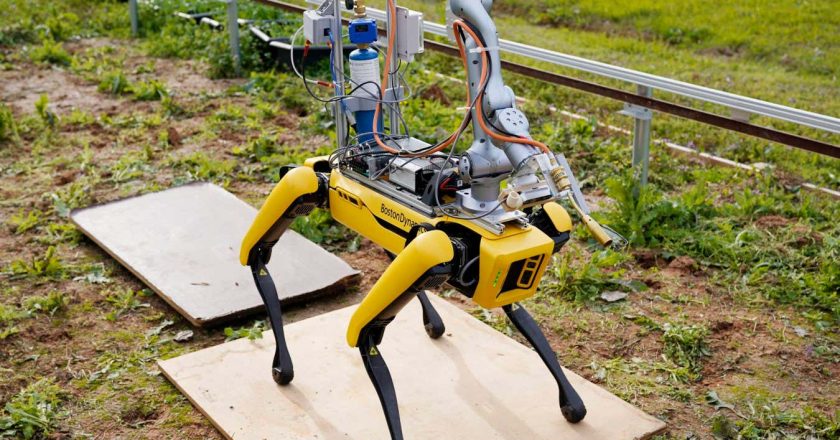New Sabin Center Report Maps Climate Cases in the Global South – State of the Planet
In recent years, climate litigation has witnessed a surge in cases across the world. While scholarly interest has predominantly focused on cases from the Global North, attention to litigation originating in the Global South has been lacking, yet crucial in understanding the broader climate litigation landscape.
Credit: Sora Shimazaki via pexels
In July, the Sabin Center published Climate Litigation in the Global South: Mapping Report, which serves to shine a spotlight on the current state of climate litigation in the Global South. The report utilizes data from the Sabin Center’s Global Climate Change Litigation databases, which has seen an influx of new cases in recent years, thanks to enhanced data collection efforts and more cases being filed, especially in the past four years. By...




